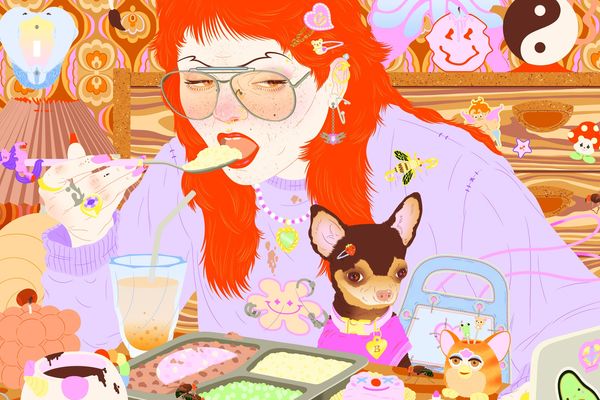We have talked to fashion designer Adél Kovács before, and you could meet her already in the columns of Hype&Hyper when we interviewed NUBU in our artist duo series. After 8 years of collaboration with the brand, the designer of the 2020 Olympics formalwear was looking for new challenges, but most of all, for a different kind of growth in areas that have always been part of her work: trend analysis, photo concept design and continuous research in the diverse world of design. This time, Adél tells us about her inspiring life story, the fusion of fashion and design and her never-ending desire to learn. Interview!
This article was originally published on February 4, 2022.
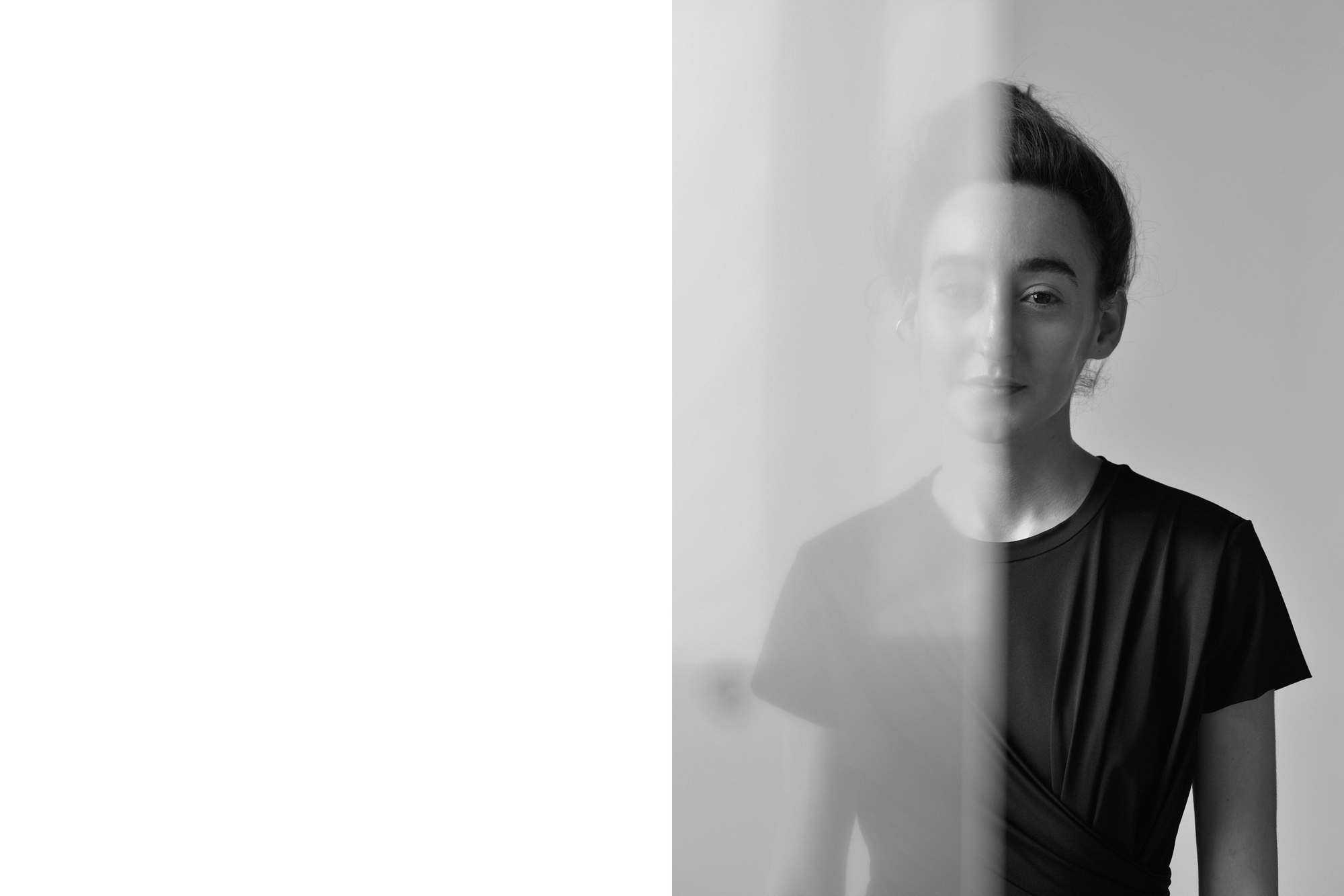
What path led you to a career in fashion design? When did you first become interested in fashion?
I definitely inherited a kind of sensitivity to the arts. I knew from primary school that I wanted to be a designer. I started designing furniture in art class around fourth grade, probably because my parents read a lot of interior design magazines. They were also very open to design, art and music; my mum worked as a costume designer. Being from Dunaújváros, contemporary art was also constantly present in my environment. My brother studied architecture, but he also played music and danced.
During my studies at the textile faculty of the Moholy-Nagy University of Art and Design and my travels abroad, I became interested in fashion design. Looking back, what’s interesting is that in Vienna, the Park concept store was that fashion space where I felt that I wanted to design such functional and puritan clothes and environments myself. Besides MOME, I also educated myself at the London College of Fashion, where I studied menswear design. During my university years, I founded the KEPP showroom with my group mates Anett Hajdú, Teréz Havancsák and Szandra Hofstädter. The studio found a home in an apartment on Vörösmarty Square, where we were creating day and night and organized large-scale events and parties to connect with the profession. For example, I owe a lot to Angie Pálmai and Peter Hencz, with whom I documented my collections to an international standard. Over the years, I built a portfolio and gained professional recognition at a very young age, making it easy for me to find a job abroad at Eudon Choi’s studio and later at NUBU in Hungary.

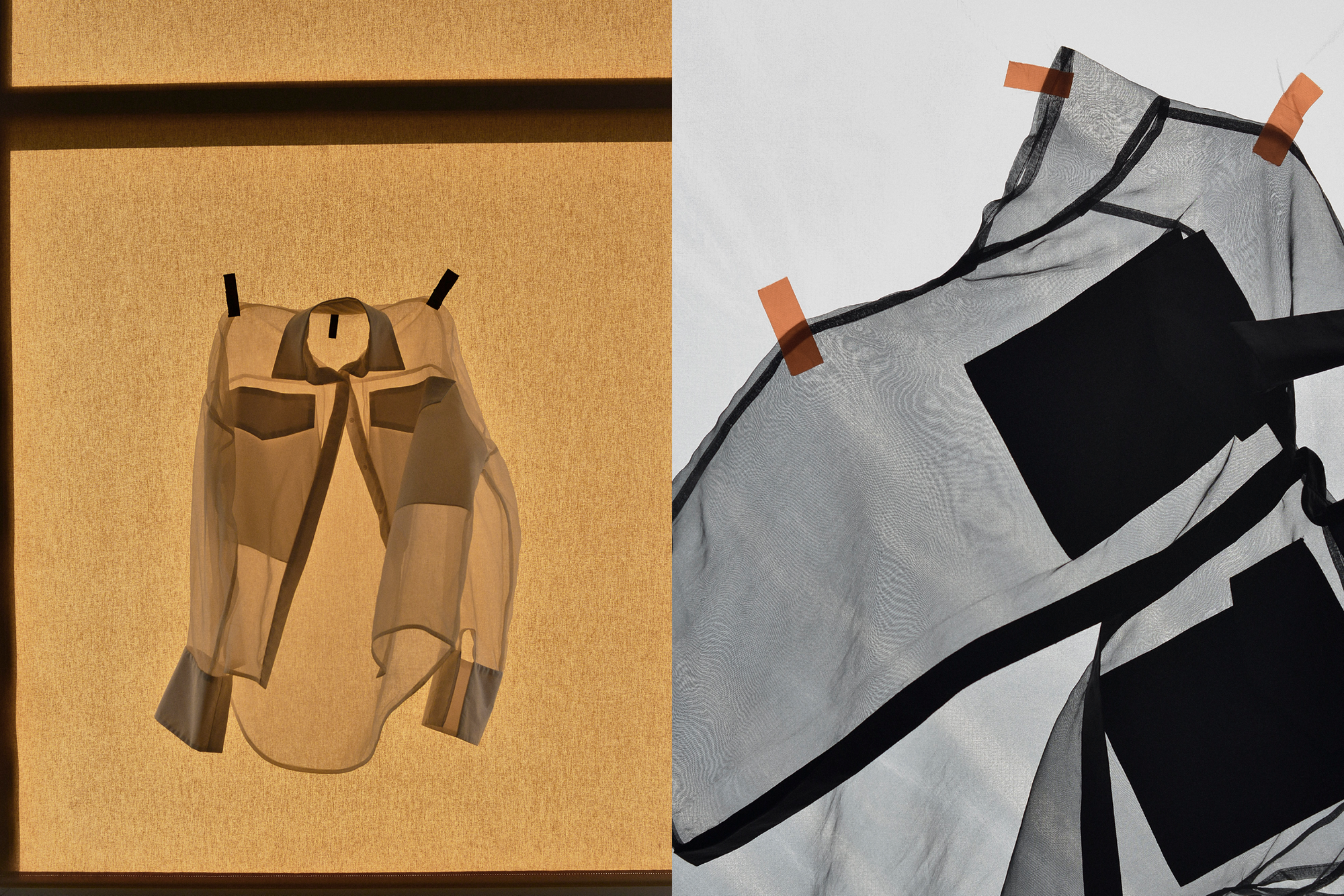
In addition to fashion design, you also work as a design consultant and trend forecaster. Can you tell us about how NUBU led you here and what projects you are involved in now?
Trend forecasting and design consultancy are related concepts, as trend research precedes the design of products or services. Trend forecasting should be done to ensure that our products and services are useful for as long as possible. This is a sustainability aspect as well. I work to avoid creating something that becomes useless or goes out of fashion. This already saves energy, materials and maximizes profit in the short term. A good quality, durable product can be worn for years, retains its value and can even be sold again. In design consultancy, I believe it is important that a brand’s products, services, packaging and communication are authentic, easily distinguishable and functional. I work out my trend analyses based on research, but at the same time, following my intuition.
When I decided to end my collaboration with NUBU after eight years, I took a break to think about what the next challenge could be. After creating the Olympic uniform and designing nearly a thousand different garments and accessories in the past, I didn’t feel challenged to continue designing more of the same. In fact, apart from the design, I was also largely responsible for creating the photo concepts, designing the window installations and unfolding the Zen philosophy that inspired the collections.
Most of my recent projects are not yet public, but my clientele includes an international hotel chain and a luxury leather accessories company. It was a great feeling to get in contact with all of them through recommendations. I like it when we build chemistry with a client, we learn from each other in the meetings, it’s a way for us to develop unique ideas together. I can’t wait to get involved in more large-scale projects in the near future, and for more and more people to believe that an outside, trend-sensitive eye can help them become more sustainable and economical.
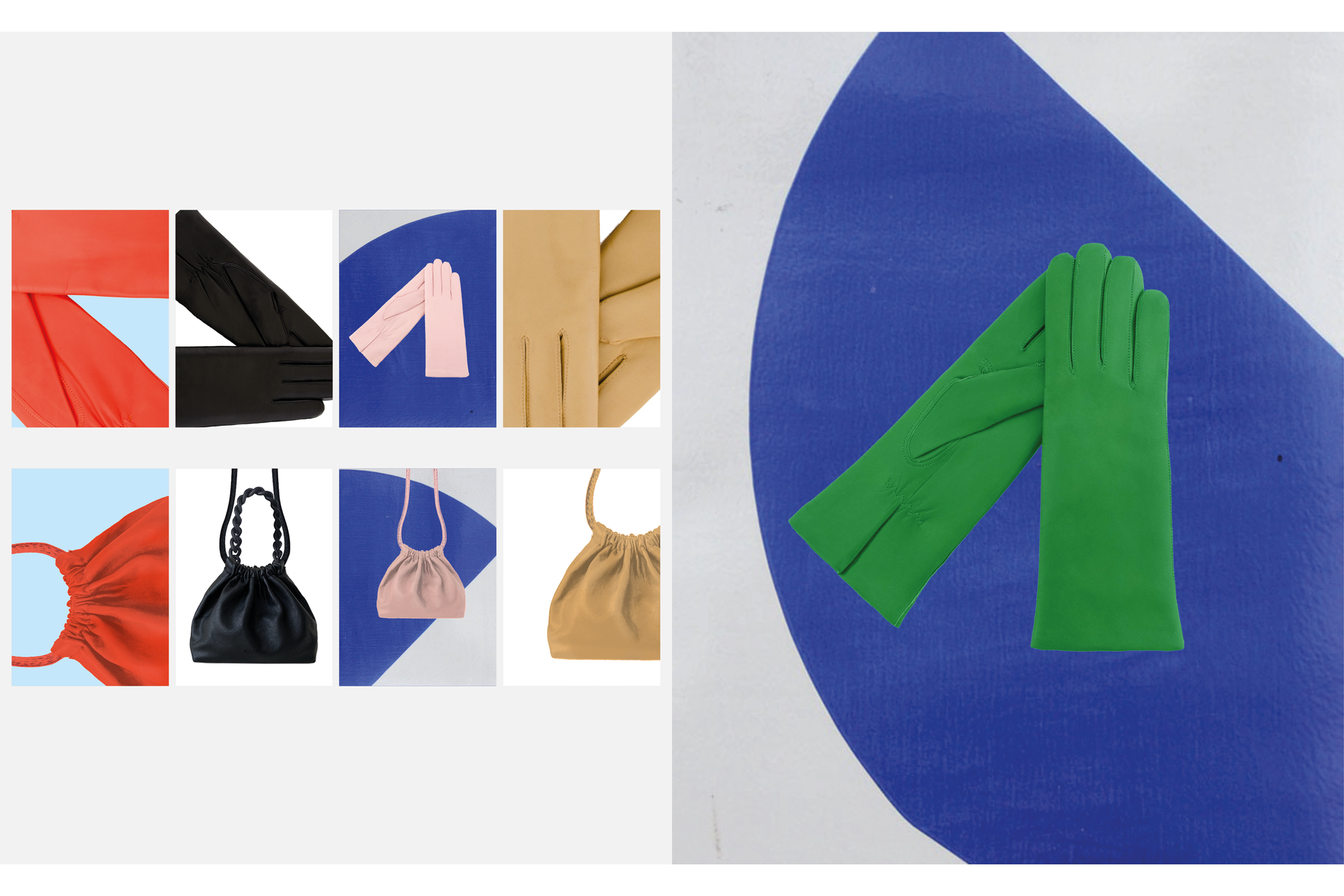
How did you become a university lecturer? How and to what extent has your approach to fashion and your views on teaching changed?
The educational opportunities found me. I was invited to the Budapest Metropolitan University by my former professor Judit Droppa. I had taught elsewhere before, but my vision of education was really started to take shape. Thanks to the very open environment at METU, I was able to actively participate not only in the development of the program but also in inviting other teachers.
In my teaching, I try to put students in real-life situations and help them create their projects from the client’s side. To be a good teacher, you need to have a deep knowledge of the industry, not only have experience of materials and technologies but also to understand how a fashion company or the media works. Above all, you need to be curious about the new generation and able to give unselfish advice. I would like my students to stand out from the crowd and not only have an idea of professional solutions, but also a complex understanding of how the industry works on an international level.
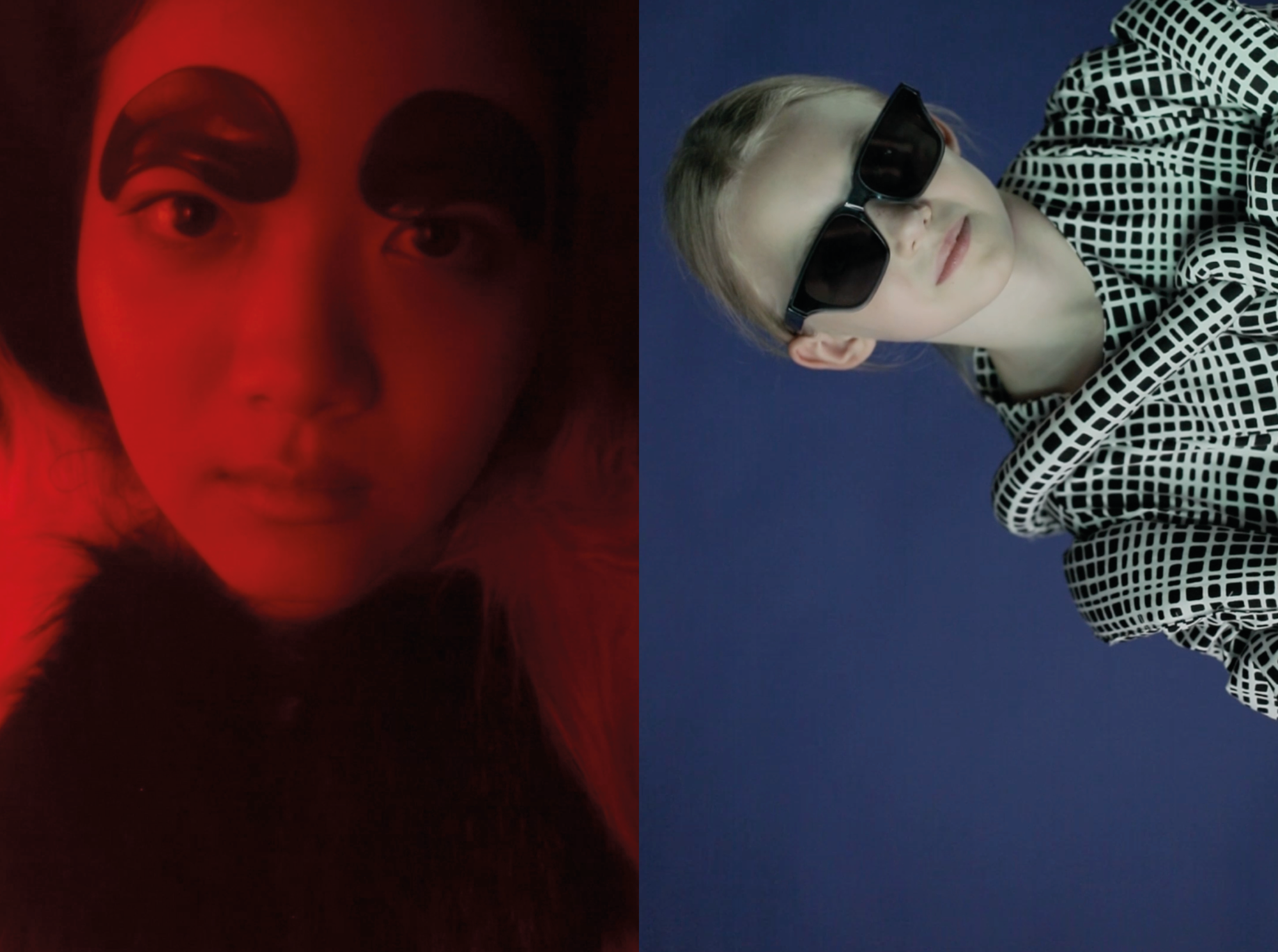
On top of your other responsibilities, you are also the creative director of the company you dreamed up, Archívé Atelier. Can you tell us about this project?
Archívé Atelier is a joint project with my friend Zsuzsanna Benkó, a communications consultant. When we came up with the idea, our goal was to create something whose aesthetics we would completely shape ourselves. Archívé is a virtual space where we search and resell conceptual fashion, books and home accessories. The collection includes a selection of conceptual luxury brands, including Comme des Garçons, Jil Sander, and Issey Miyake.
We wanted to create something without creating anything new—we don’t think there is a more sustainable idea. What we add to it creatively is that we give new life to these found pieces, taking artistic photos of them and finding the right personalities to match the clothes and objects. In the future, besides this, I would also like to redesign some existing designer pieces, thereby raising the question of whether two designers who are unfamiliar with each other could design together.
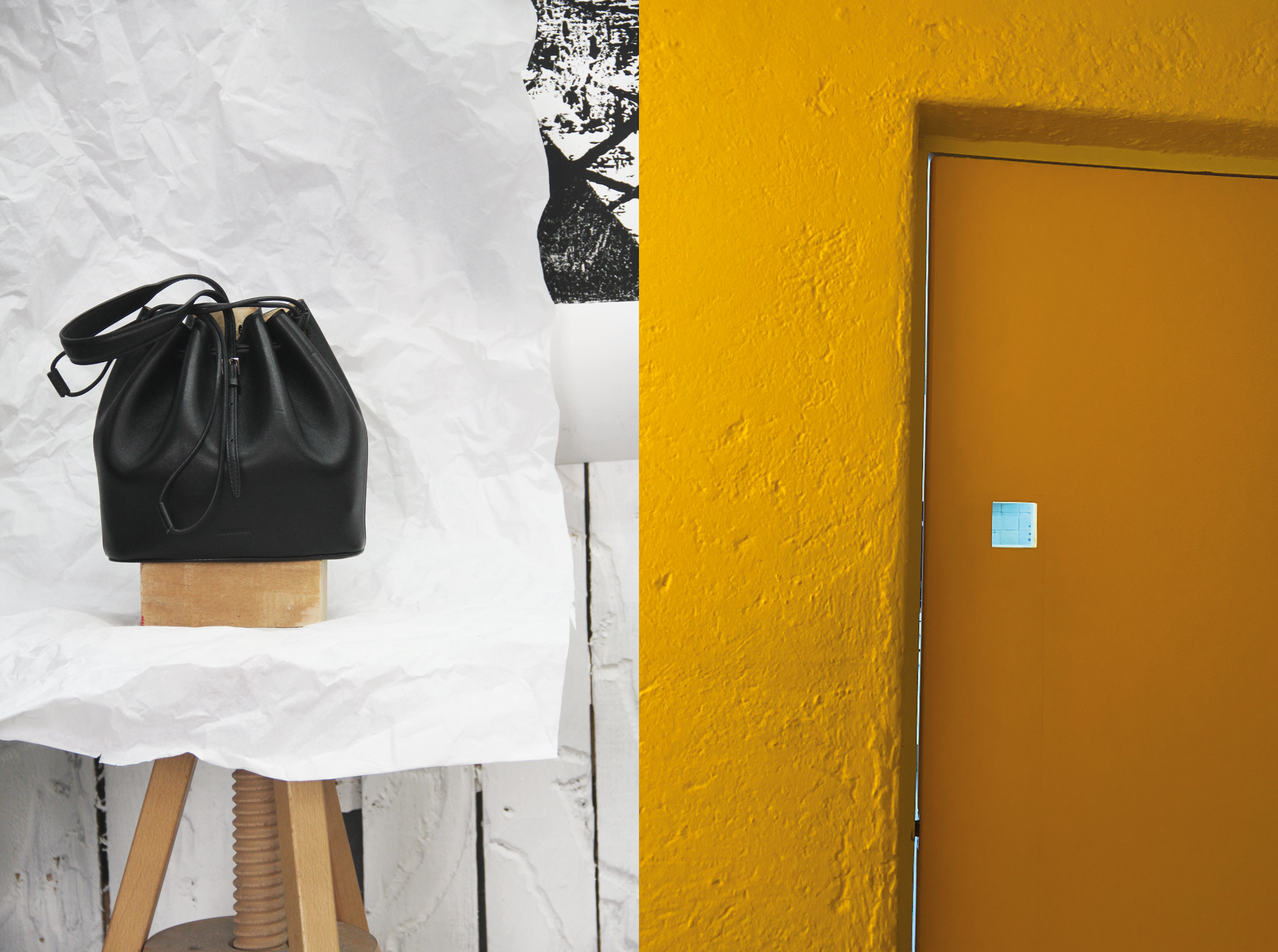
You are currently researching the relationship between fashion and architecture at the Breuer Marcell Doctoral School of the University of Pécs. What made you decide to study a new field? And what is most exciting for you about it?
When I applied to the DLA (Doctor of Liberal Arts) program, my aim with research was to put fashion design in context. This context for me is clearly architecture, as I have been working with the relationship between space and clothes since graduating from university. I went from designing window installations and photo backdrops to how a shop space on Andrassy Avenue can be transformed into a meditative space experience, emphasizing the philosophy of a fashion brand. In the future, I would like to design a new concept of retail space design where shopping is secondary, the main goal is community building. One of the great things about research is that I have the time to concentrate on something and I don’t have to deliver results on a tight deadline.
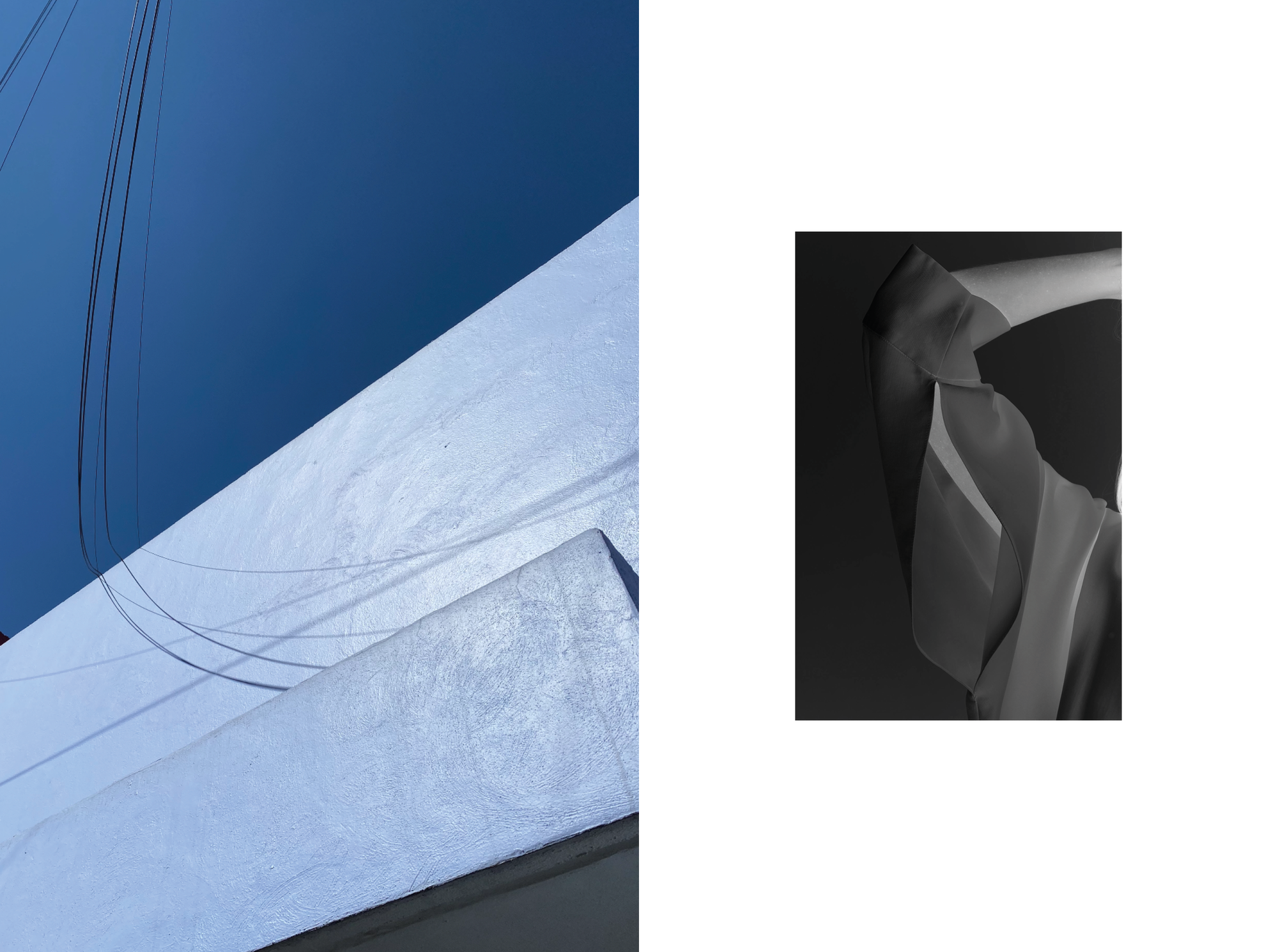

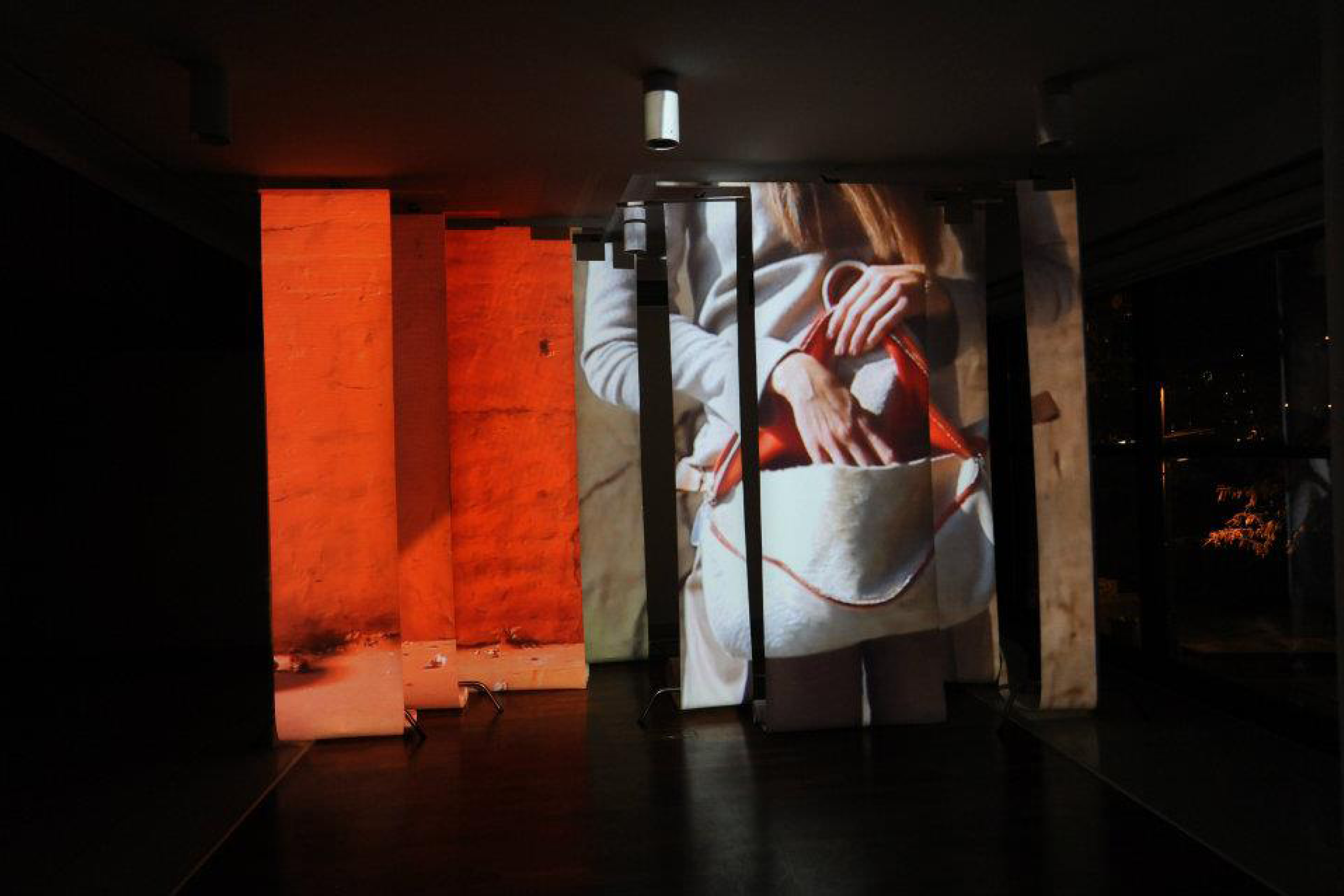
Can you tell us about the purpose of your recent stay in Mexico?
I’m doing a trend survey here too. With my research project entitled Kortárs térfúzió: divat és design (Contemporary space-fusion: fashion and design), I won the Eötvös Scholarship of the Hungarian Government. The scholarship allows me to work at the TEA architecture office in Mexico City and consult on my research project with the chief architect. I have been to Mexico City before and the design sensibility I have observed here is very different from Europe. Here, contemporary design is combined with respect for the local traditional culture. I wanted to absorb this uniqueness by living and working here for a short time.
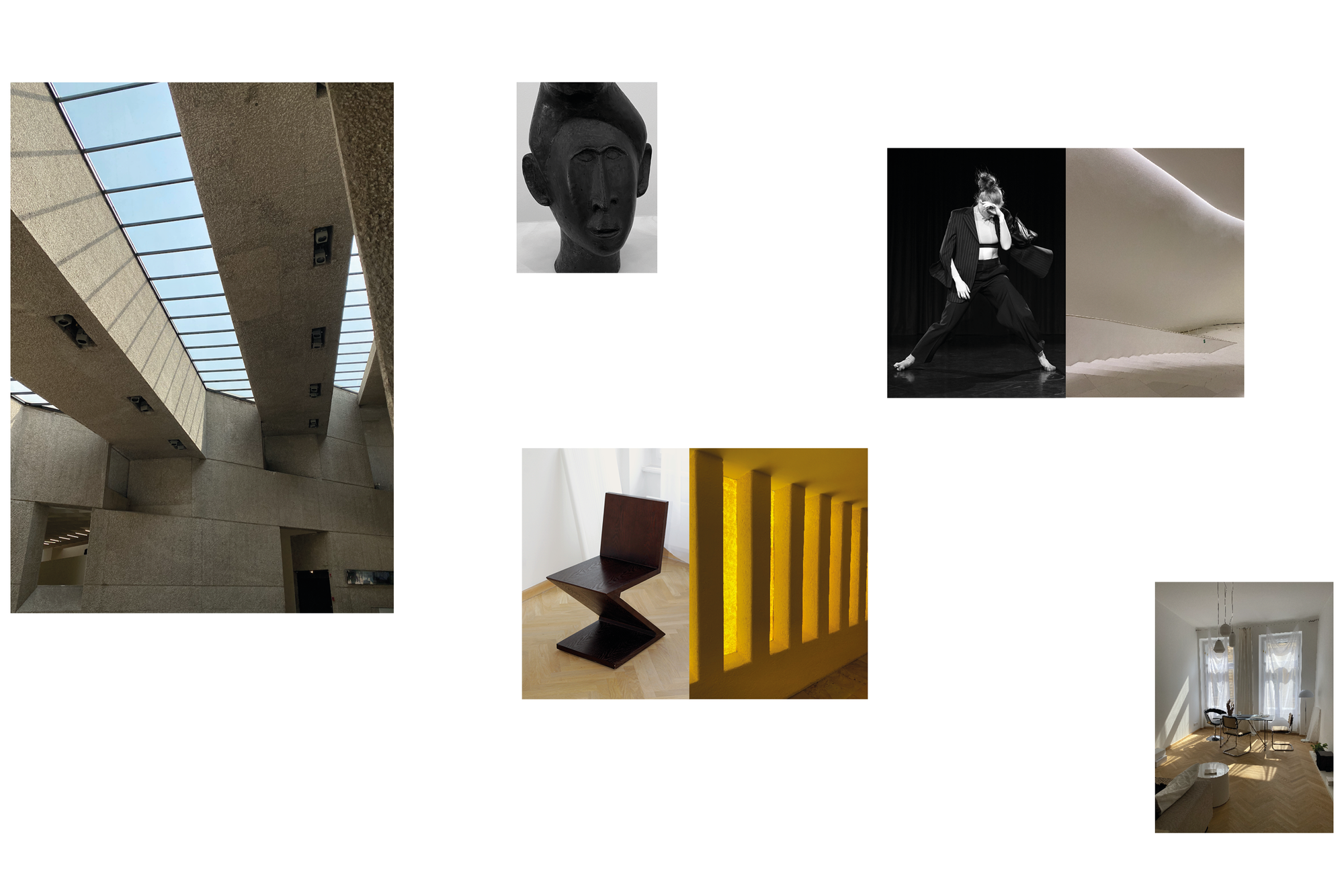
What are your plans for the future? Are there any other areas you would like to explore?
For me, learning is never finished. In fact, it is what keeps me alive. I probably won’t start learning a new field before I finish doctoral school. My main plan for the future is to design a living space, which I would like to create together with my brother. I’ve already collected a lot of ideas for the apartment. I want it to be a real concept space, suitable for a living space and a studio.
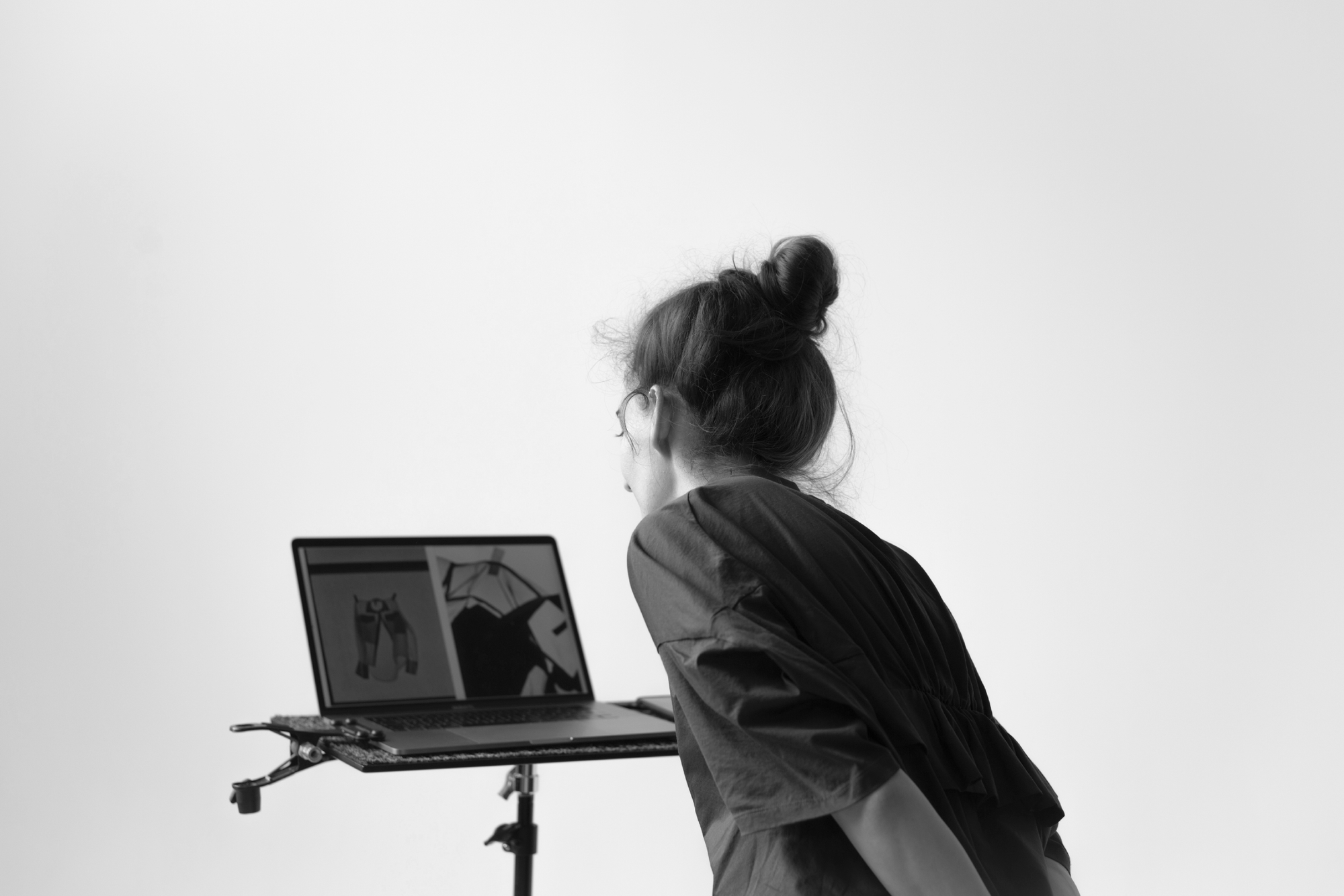
Photos:
Angie Pálmai, Péter Hencz, Ádám Földi, Eszter Csepeli, ZOA Studio, Adél Kovács
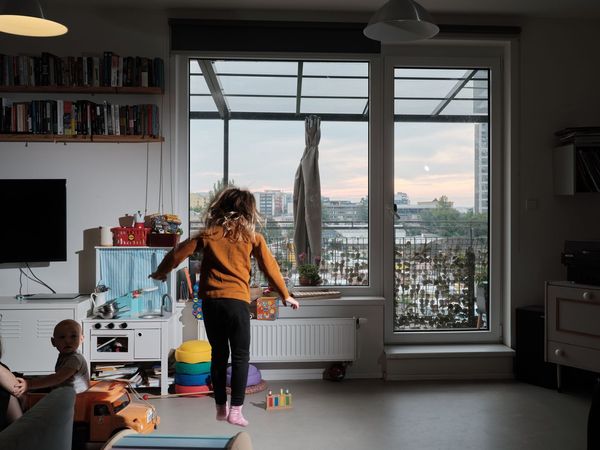
Living in Prague—an exhibition on housing in the Czech capital
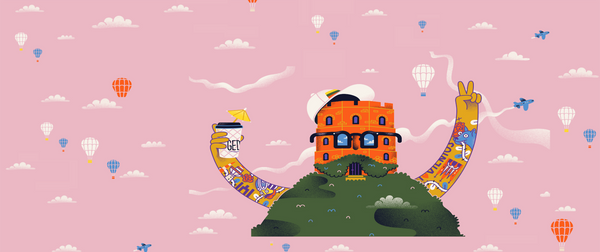
Vilnius is celebrating its 700th anniversary
